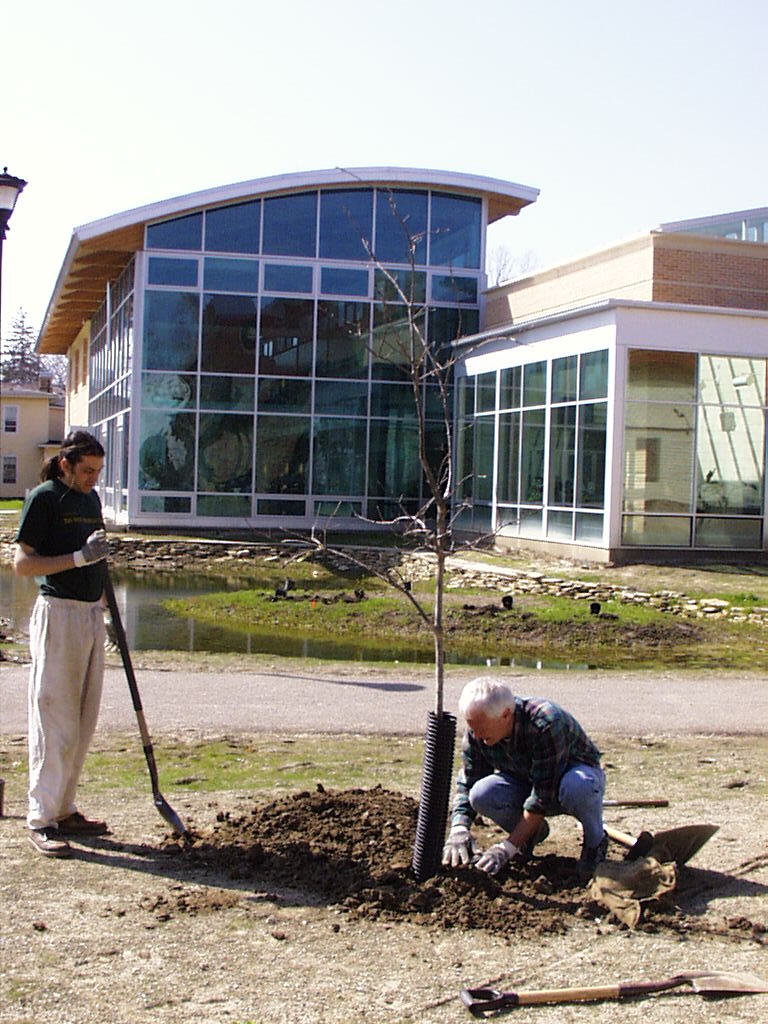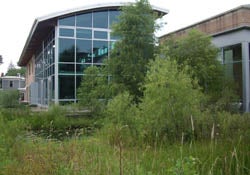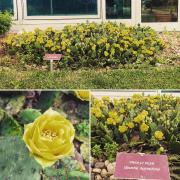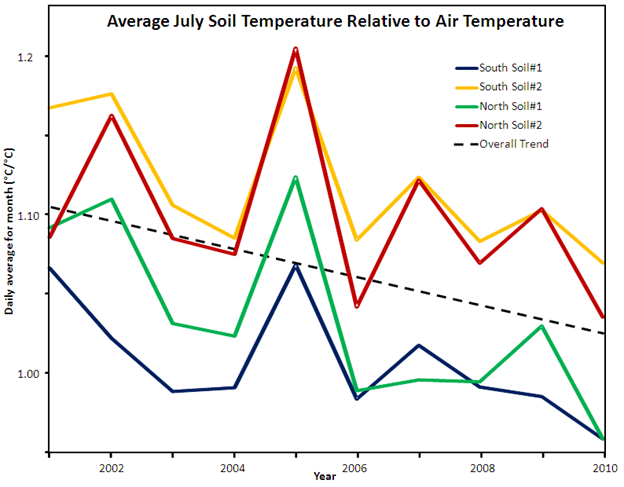Native Ecosystem and Lawn
Wetland
Both forested and open wetlands were a dominant feature of Northeast Ohio before European settlers began arriving in the early 19th century and cleared and drained the land for agriculture. At the time of first settlement, wetlands comprised 90% of the regional landscape. Today less than 10% of these wetlands remain. The restored wetland at the AJLC is intended to reconnect visitors with this native habitat of Ohio as well as to serve important ecological and educational functions.
Wetland restoration entails three tasks: reestablishing wet hydrological conditions, reintroducing native species and selectively removing invasive and non-native plant species. With time, a complex set of relationships between living and nonliving components develops and results in a resilient ecological system that is resistant to invasive species and to disturbance. The reconstructed wetland at the center was initially planted with a diverse community of wetland vegetation in the spring of 2000. Fish and painted turtles were added. Song birds, ducks, toads, frogs and a wide variety of insects also inhabit the wetland but have come of their own accord. In 2010, in response to a breach in the lining, the wetland system was rebuilt. The new wetland restoration was expanded in size in order to accommodate a more diverse and representative aquatic ecosystem at a scale that better matches the building. A number of the original plant specimens were saved and reused.
In addition to harboring a unique community of plants and animals, wetlands provide a variety of important ecological services including water purification and erosion and flood control. The AJLC’s wetland was specifically designed to serve as a stormwater retention basin: water draining from the surrounding landscape is temporarily stored in the wetland, reducing the pulse of water delivered to overburdened stormwater sewers in the City of Oberlin.
The emergent and open-water wetland plants, some 50 species in all, are endemic to Ohio. By design, the center’s restored wetland serves as a repository for native species diversity -- species diversity is higher here than in most native wetlands.


Forest Species
In the spring of 2000, saplings of local deciduous species were planted on the south and southeast sides of the property to initiate development of a community of plants similar to that of the wet forests that dominated the Northeast Ohio landscape before European settlement. Species selected include red maple, black gum, Ohio buckeye, pin oak, swamp white oak, green ash, white ash and black ash.
These saplings will require 50-75 years to become large enough to generate local microclimates necessary to support the understory species such as trillium and other spring wildflowers characteristic of the Eastern deciduous forests of North America. In the spring of 2019 several serviceberries and red buds were planted to test the viability of understory species after 20 years. Some understory forest species, such as witch hazel and spice bush, were planted even earlier and now thrive against the north side of the building. The north wall provides cool, shady conditions similar to those found under large trees.
Dry Land Community
Prickly pear (Opuntia humifusa) ranges into Ohio and is winter hardy. It grows only in well drained soils, mostly sand dunes in this region.

It comes as a surprise to many people that three species of cacti are endemic to Ohio. Some specimens of these plants grow in the gravelly drainage garden abutting the south side of the center. The often hot and dry microclimate created on the South face of the building creates an ideal habitat niche for these species. These cacti began blooming in 2002, just two years after planting, and have provided a show of beautiful yellow flowers since that time.
Lawn
During early spring, the AJLC lawn is the only location on campus where students will see an abundance of dandelions.
Although lawn ecosystems are an entirely human construct, turf provides pleasant social space in which to walk, sit and interact with the native and edible components of the landscape. A variety of management practices have been employed at the AJLC to minimize the ecological impact and maximize environmental benefits of this turf ecosystem:
- A “low-mow mix” of grass species was planted that requires less frequent mowing than standard turf species.
- In contrast to most commercial laws, the development of a diverse, multi-species assemblage of plants has been encouraged.
- No fertilizers or pesticides are applied. Instead of watering, the lawn is allowed to go dormant during dry summer months.
- A battery-powered electric mower and edger (available at many lawn and garden centers) is re-charged with the center’s photovoltaic system. Two-cycle gas engines are among the most environmentally damaging devices manufactured. A typical gas-powered mower emits 11 times as much non-CO2 air pollution as a new car for each hour of operation.
Impact on Building
Plantings have also been employed and managed to modulate energetic flows within the building and landscape. On the south side of the AJLC, slow growing native tree species such as burr oaks were planted to provide long-term shading. Closer to the building, fast growing willows were planted to provide more rapid light screening and are now being selectively pruned out as the landscape matures. Temperature and moisture sensors installed on both north and south sides of the facility in 2001 provide a means of quantifying the changing ecology of the site and its influence on the building. As the trees in the landscape have matured and as soil organic matter has stored carbon within the landscape, the temperature of the soil relative to the air has declined (Figure 4), resulting in cooler soil that contributes to more stable conditions for plants and reduced cooling needs for the building.
Figure 4: Average July Soil Temperature Relative to Air Temperature
